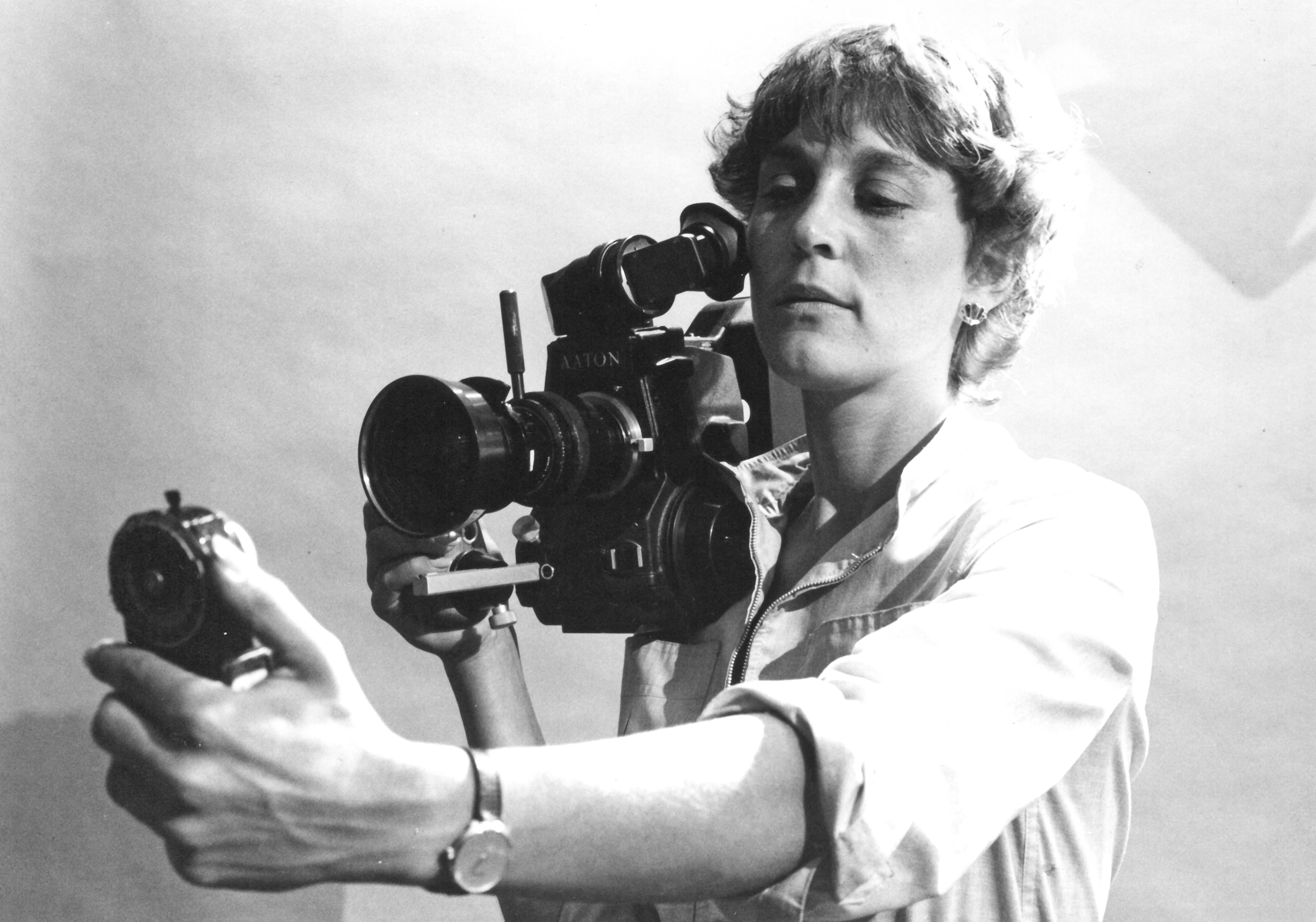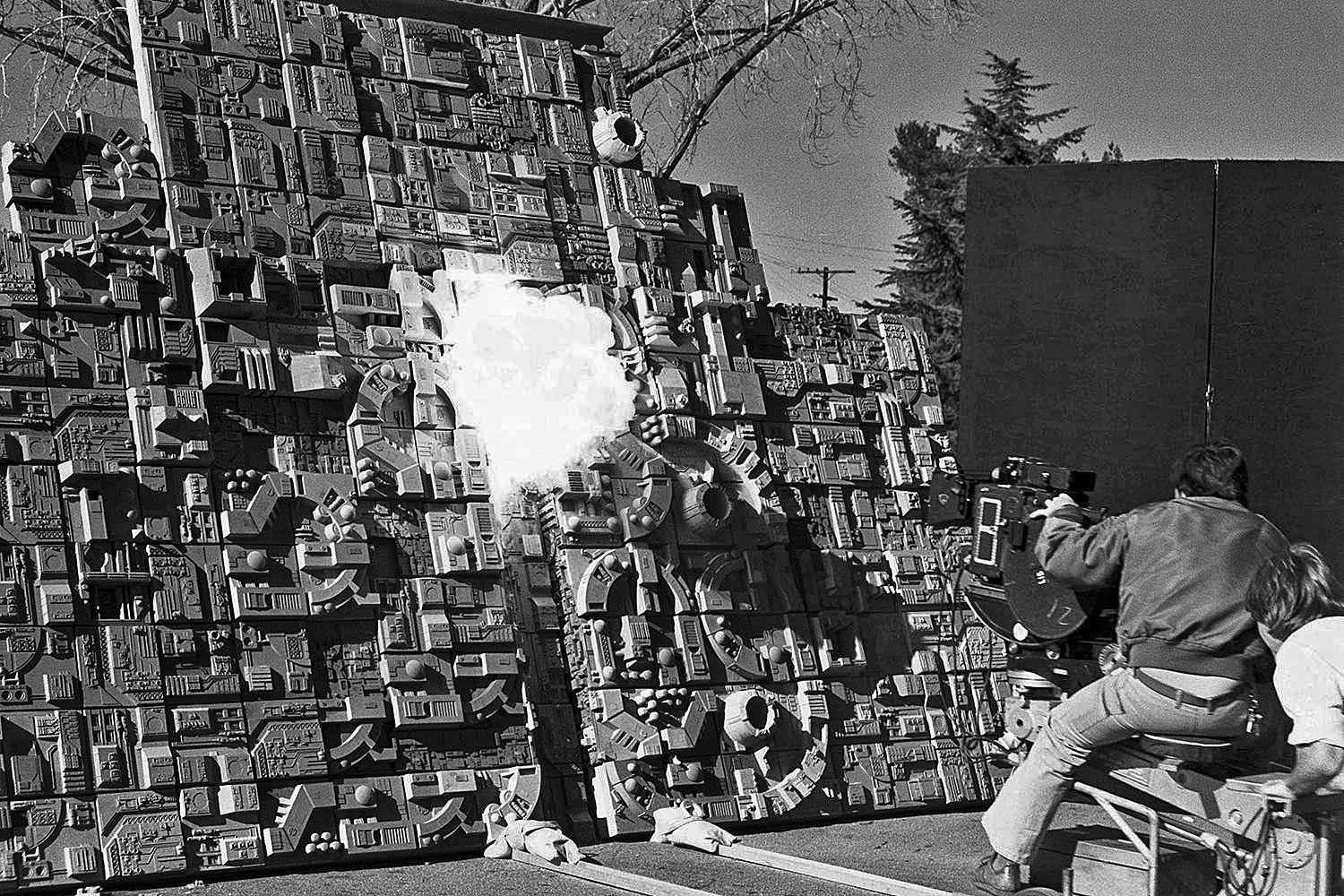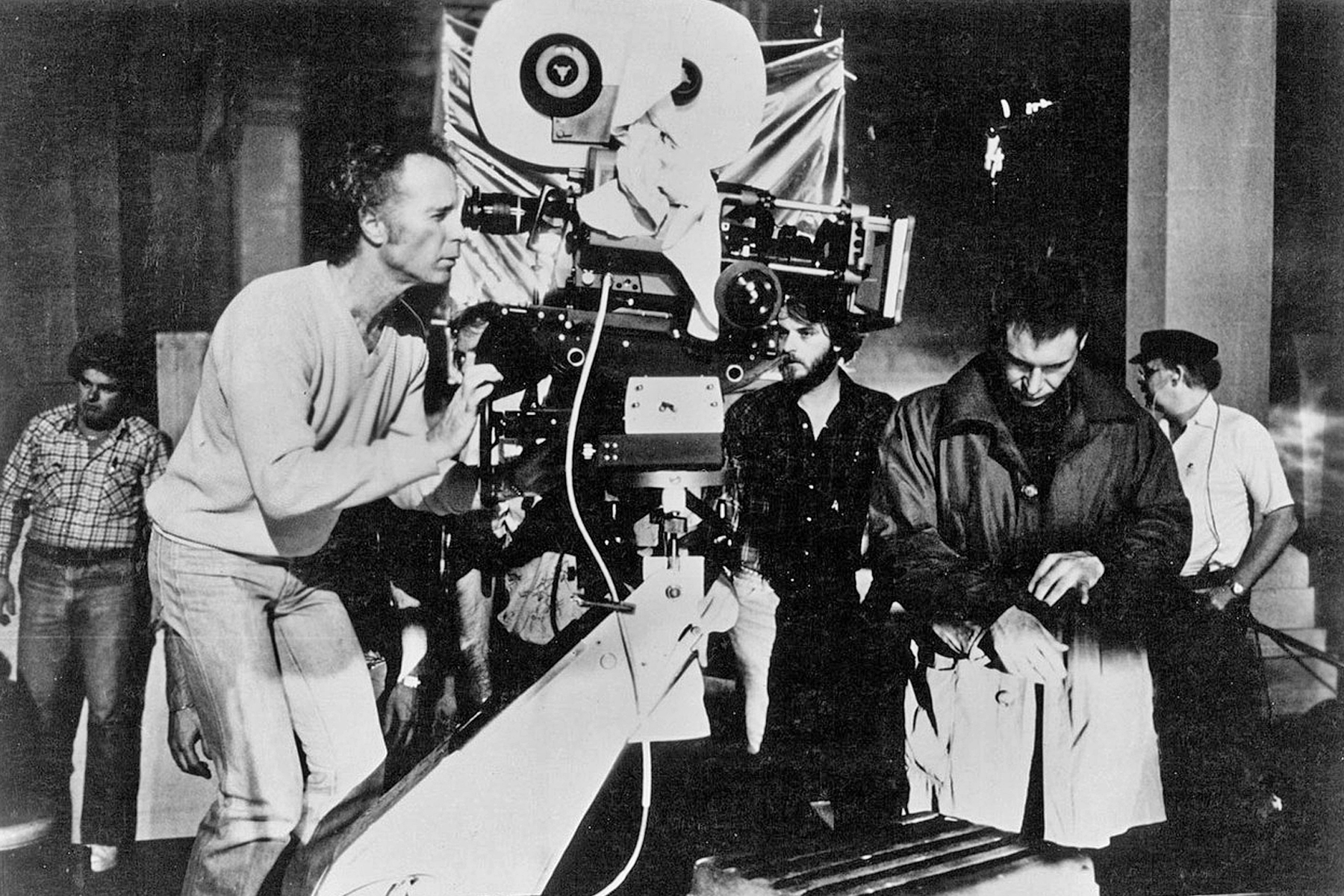
ASC Awards Program Booklet Now Available to All
For the first time, the collectable, limited-edition ASC Outstanding Achievement Awards program booklet is offered to the public — for free.
For the first time, the collectable, limited-edition ASC Outstanding Achievement Awards program booklet is offered to the public — for free.

Published in a very limited quantity by the ASC, this 126-page keepsake from the event — which is not sold and has only before been available to Awards show attendees — not only features a complete rundown on all honorees and nominees, but hundreds of historical images depicting cinematographers and their crews at work, complete with detailed caption information that every motion picture aficionado will enjoy.
This free digital edition has been made possible by our many ASC Awards supporters and sponsors.
With Lifetime Achievement Award honoree Edward Lachman, ASC on the cover (in a photo by unit photographer Jonathan Wenk from the production of the 2007 feature I’m Not There), the book was published for the recent 31st year of the annual ASC Awards. It contains fascinating images showcasing Lachman; Presidents Award honoree Nancy Schreiber, ASC; Career Achievement in Television honoree Ron Garcia, ASC; International Award honoree Philippe Rousselot, ASC, AFC and Board of Governors Award honoree Denzel Washington — primarily sourced from their personal collections. Other historical images are from the ASC’s vast photo archive. Many have never been seen by the public and are being shared here for the first time.
Here are just a few of the images presented inside, along with the accompanying text:

Shrouded by clouds of sulfurous steam, director Werner Herzog (with the Nagra and sticks) and cinematographer Edward Lachman (with his CP-16) climb an active volcano that is threatening to erupt. The duo is shooting footage for the documentary La Soufrière (1976) on the island of Guadeloupe. “Werner called me up early one morning from Europe and told me he wanted to make a film about a people who were resisting God, country and an impending catastrophe,” Lachman remembers. “When I got there, I asked Werner, ‘What will happen if it erupts?” He said, ‘Well, we’re sky bourne.’” Fortunately, the pair survived to later make the film Stroszek (1977), in collaboration with his German cameraman, Thomas Mauch. Photos taken by Herzog and Lachman.

Lighting was an entrée into cinematography for Nancy Schreiber, ASC. Working as a best-boy electric a very early indie project in the 1970s, she discovered that “I found I had an aptitude. I realized that cinematography was so much about light, which tied in with the art I’d seen all my life — and I just fell into this exciting world without looking back. It’s weird how these things happen.”

In this shot by unit photographer Francois Duhamel, director Robert Redford and Philippe Rousselot, ASC, AFC discuss their next move while filming the romantic period drama A River Runs Through It (1992), for which the cinematographer earned an Academy Award and an ASC Award nomination, among many other honors.

Ron Garcia, ASC confers with actress Sheryl Lee on the “Red Room” set of the surreal series Twin Peaks (1990-’91), on which he also worked closely with producer-director David Lynch. “I loved Eraserhead and liked The Elephant Man, but I hated Blue Velvet, and when I read the script for Twin Peaks, I didn’t get it and threw it on the floor — I thought it was Peyton Place in the woods!” remembers Garcia. “But when I met David [to discuss the project], I thought he was a sweetheart. He’s a real-life Jimmy Stewart character, and a true artist and filmmaker.” After shooting the series’ pilot, he later re-teamed with Lynch to photograph the spin-off feature film Twin Peaks: Fire Walk With Me. (1992).

In this shot by unit photographer David Lee, actor Denzel Washington is flanked by cinematographer Matthew Libatique, ASC and director Spike Lee while shooting the twisty heist picture Inside Man (2006), which was largely shot with multiple cameras. “Spike is a camera-savvy, composition-savvy director,” Libatique noted in American Cinematographer. “He likes to have the scene play out and get all of his coverage pretty much at the same time. He’s not a single-camera-setup director who gets nine shots per scene and spends all day long doing it. Because of this, the actors have to perform in every shot.”

Sidney Poitier earned an Academy Award for Best Actor for his performance in Lilies of the Field (1963), an intimate drama artfully photographed by Ernest Haller, ASC on locations outside Tucson, Arizona. Faced with a tight 21-day schedule, Haller (next to camera, in white, partially obscured by Poitier) and producer-director Ralph Nelson had the benefit of working with a crack Hollywood crew, including operator Fred H. Jackman, Jr. (later ASC), assistant cameraman Richard C. Glowner (later ASC) and gaffer Norman C. McClay. Given the limitations of space in practical interiors, Haller employed lightweight, modified 300-watt aircraft landing lights, dubbed “Garnelites” for enterprising electrician Lloyd Garnell. Here, senior spots are at work for modeling on an overcast day.

Setting up a car rig while on location filming Desperately Seeking Susan (1985), directed by Susan Seidelman, are (from left) cinematographer Edward Lachman, operator Francis Kenny, 1st AD Joel Tuber (in background), 1st AC Mitch Dubin and key grip Tommy Prate. “Francis was a documentary cameraman and I convinced him that he should be the operator,” Lachman says. “Susan gave me a break to shoot her film and I immediately went to Francis, who had never shot 35mm. But he had a great sense of composition and rhythm and I knew he could do it.” Years later, Lachman and Kenny would both be invited to join the ASC.

Future ASC great Richard Edlund operates a VistaVision unit while filming an explosive effect that would become an element in the spectacular finale to Star Wars (1977). A self-educated still photographer, Edlund gained experience while serving in the photographic department of the U.S. Navy, later teaching himself the basics of motion-picture cinematography and lab work. Edlund then studied at the University of Southern California. Ambitious, he landed a job working for Joe Westheimer, ASC — one of the visual effects experts creating shots for the original Star Trek TV series. There, Edlund got his first professional experience in effects photography and techniques. After a series of learning opportunities, he met (future ASC member) John Dykstra, who, in 1975, was tasked by director George Lucas to assemble a crack effects team to create shots for what was then called “The Star Wars.”

Actor Lloyd Nolan throws a punch toward cameraman Paul C. Vogel, ASC’s handheld Eyemo as actor-director Robert Montgomery looks on from his director’s chair on the set of the unique first-person feature Lady in the Lake (1947). The film noir murder mystery was an adaptation of the 1944 Raymond Chandler novel and entirely shot from the viewpoint of the central character, Marlowe (Montgomery). The New York Times review noted, “In making the camera an active participant, rather than an off-side reporter, Mr. Montgomery has, however, failed to exploit the full possibilities suggested by this unusual technique. For after a few minutes of seeing a hand reaching toward a door knob, or lighting a cigarette or lifting a glass, or a door moving toward you as though it might come right out of the screen the novelty begins to wear thin.”

Jordan Cronenweth, ASC checks his frame as star Harrison Ford stands by while shooting the sci-fi classic Blade Runner (1982), directed by Ridley Scott. “Jordan hadn’t been available for all of the postproduction work on Blade Runner and he hadn’t seen the final completed film [before it opened in theaters],” says John Toll, ASC, who began working with the cinematographer immediately after the picture wrapped. “Bing Sokolsky, [future ASC member] Ernie Holzman, and I went with him to an afternoon screening and bought tickets. It was mostly an empty room, about 20 people, because the film didn’t get a huge reception when first released. So we sat there, watching Blade Runner. And it was amazing. Jordan was so enthusiastic and excited, but it wasn’t just his work that excited him. He was almost detached, not just watching the photography, but seeing it as part of the total story and film.’”

Shooting on location in The Philippines, Vittorio Storaro, ASC, AIC (left) and his crew set up while filming Apocalypse Now (1979). Directed by Francis Ford Coppola, the picture offered the cinematographer unique opportunities of color, texture, tone and scope. Storaro would later note, “I thought a Vietnam War movie would be very difficult to film. It was Francis who convinced me to read Joseph Conrad‘s Hearts of Darkness — there I understand it was the perfect concept to complete my study in the relationship between conscious and unconscious, light and shadows, because I was able to represent this visually in the conflict of cultures: the color of technology like the color of smoke, for example, upon natural color like the rice fields, or the sky or the sunset or the blue of dusk in the jungle.”
This book also contains a complete record of all previous ASC Awards honorees, nominees and winners — all the way back to the first presentation in 1986.






